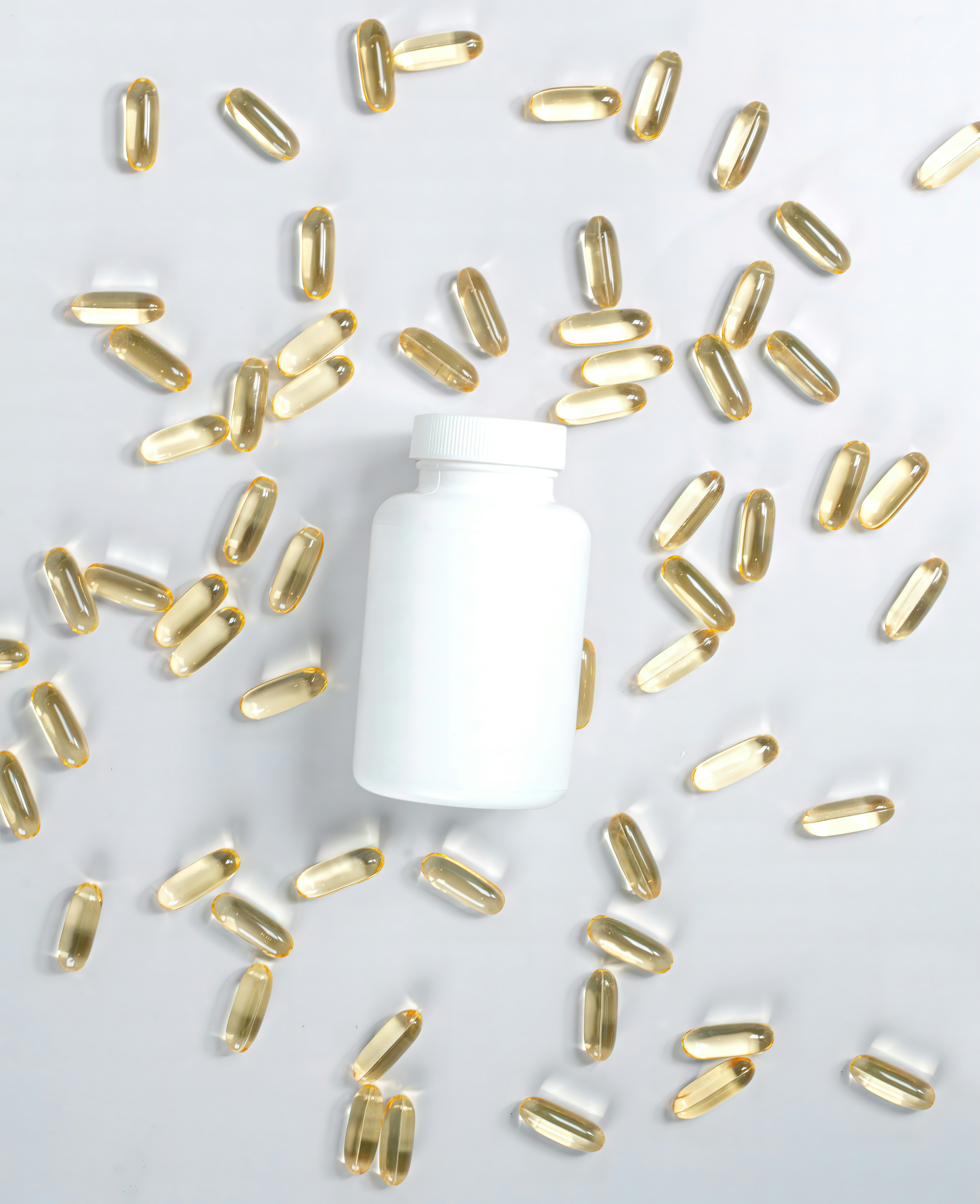Probiotics and NGPs Help Treat 5 Common Conditions
By Najla Zaidi | 28 Apr, 2025
Probiotics and Next Generation Probiotics (NGPs) are being used to treat everything from weight management to skin conditions.
If you've ever suffered from bloating, acne, a compromised immune system and the constant challenge of weight management — not to mention days when you just feel off — you may want to consider probiotics in either natural or supplemental form.
Probiotics are live bacteria and yeast that maintain or improve the balance of good to bad bacteria in the digestive system. Examples of natural probiotics are fermented foods like kefir, yogurt with active cultures and pickled vegetables like kimchi.
Next Generation Probiotics (NGPs) represent an innovative group of beneficial bacteria designed for use as foods or dietary supplements but are also tailored for pharmaceutical applications.
Let’s look at five common health concerns addressed effectively by probiotics and NGPs.
1. Irritable Bowel Syndrome (IBS): Once-daily dose of Bifidobacterium bifidum MIMBb75 significantly improved overall IBS symptoms, as well as individual IBS symptoms like abdominal pain, bloating, and fecal urgency, found a clinical trial published in Alimentary Pharmacology & Therapeutics.
Lactobacillus acidophilus NCFM may help by acting on the mechanism that causes abdominal pain. IBS sufferers with moderate to severe pain who took Lactobacillus acidophilus NCFM had less pain after 12 weeks, according to one study. For IBS with constipation a Bifidobacterium lactis BB-12 supplement taken over a four-week trial showed marked improvement in bowel movements.
2. Immune Response: Probiotics are known to regulate the immune system, and 70% of the immune microbiome is found in the gut. Probiotics can regulate both innate and adaptive immunity by modulating the function of B and T lymphocytes, dendritic cells and macrophages.
Specifically, Lactobacillus plantarum HEAL9, Lactobacillus paracasei 8700:2 and Lactobacillus rhamnosus (LGG®) are three unique probiotic strains with immune stimulating properties. 500 million colony forming units per day (CFU/d) each of L. paracasei 8700:2 and L. plantarum HEAL9 reduced the rate of recurring colds by 30% after 12 weeks, in a 2021 placebo-controlled trial.
In children LGG® lowered the incidence of middle ear infections, upper respiratory tract infections and the effects of antibiotics use. L. paracasei 8700:2 has been shown to induce innate immune functions, including increasing phagocytosis and levels of natural killer cells, which may account for its effectiveness in preventing colds and flu.
L. plantarum HEAL9 actively secretes antimicrobial substances that inhibit the growth of certain organisms, producing a more beneficial microbial balance in your gut.
3. Weight Management: Several probiotic strains have been shown effective for weight loss. Bifidobacterium breve and Bifidobacterium lactis and L gasseri strains like BNR17 and SBT2055 have been found to reduce body weight, abdominal fat, and waist circumference.
L. rhamnosus may help reduce body fat percentage and improve appetite control, particularly in women.
NGPs like Akkermansia muciniphila, Parabacteroides distasonis and others have shown promise in improving insulin sensitivity, reducing body weight, and improving lipid metabolism. Bifidobacterium animalis subsp. lactis and Lactobacillus plantarum have also been associated with positive effects on weight management and fat loss, according to Healthline.
4. Skin Health: Intestinal microbiota homeostasis can influence skin health, demonstrating the existence of a gut–skin axis. Acne is an inflammatory condition, and Lactobacilli and Bifidobacteria strains have been shown to reduce the release of pro-inflammatory cytokines, TNF- α, IL-6 and IL-8 and increase the release of anti-inflammatory cytokines.
When probiotics like Lactobacillus acidophilus and Lactobacillus bulgaricus were supplemented in 300 acne patients, improvement in acne occurred in 80 percent of subjects, particularly in those with inflammatory lesions.
In patients with psoriasis, oral administration of Bifidobacterium infantis 35624 for eight weeks led to significantly decreased levels of inflammatory C-reactive protein and tumor necrosis factor-a. One case study looked at the Lactobacillus sporogenes treatment of a 47-year-old woman with pustular psoriasis.
She had not responded to the typical treatments of steroids, dapsone, and methotrexate and was starting to develop steroid toxicity. All medications were stopped and she was given probiotic L. sporogenes three times a day. After 15 days, the fever disappeared, lesions started improving, and no new lesions were observed. After six months, she was free of lesions.
5. Mental Health: The link between the gut microbiome and brain heath, with potential applications in treating mental health disorders, is a subject of research. L. helveticus R0052 and B. longum R0175 resulted in significant improvement in symptoms of depression in individuals with major depressive disorder (MDD), according to PubMed Central.
L. rhamnosus JB-1 was found to reduce depressive-like behaviors in normal and chronic-stressed mice, as well as in postpartum women and obese individuals.
A mixed-species probiotic that included L. casei was also found to reduce depression and depressive-like symptoms in MDD patients and healthy individuals. F. prausnitzii was also reported to have anti-depressive and anxiolytic effects in chronic-stressed mice, and low populations of F. prausnitzii were found to be correlated with the disease severity of MDD and bipolar depression.
Chronic administration of a probiotic mixture of L. helveticus, B. longum, L. lactis, and S. thermophilus was found to affect anxiety- and depressive-like behaviors in rats, possibly due to changes in certain metabolites and brain monoamines.
The field of probiotic research is growing with probiotic industry growth estimated at 7% annually. Probiotics and NGPs will be used to treat increasing numbers of illnesses in the future. For the time being most if not all strains mentioned are readily available over the counter or by prescription.
Bifidobacterium breve and Bifidobacterium lactis and L gasseri strains like BNR17 and SBT2055 have been found to reduce body weight, abdominal fat, and waist circumference.

Probiotic supplements can be a first-line of defense against common illnesses.
Asian American Success Stories
- The 130 Most Inspiring Asian Americans of All Time
- 12 Most Brilliant Asian Americans
- Greatest Asian American War Heroes
- Asian American Digital Pioneers
- New Asian American Imagemakers
- Asian American Innovators
- The 20 Most Inspiring Asian Sports Stars
- 5 Most Daring Asian Americans
- Surprising Superstars
- TV’s Hottest Asians
- 100 Greatest Asian American Entrepreneurs
- Asian American Wonder Women
- Greatest Asian American Rags-to-Riches Stories
- Notable Asian American Professionals

